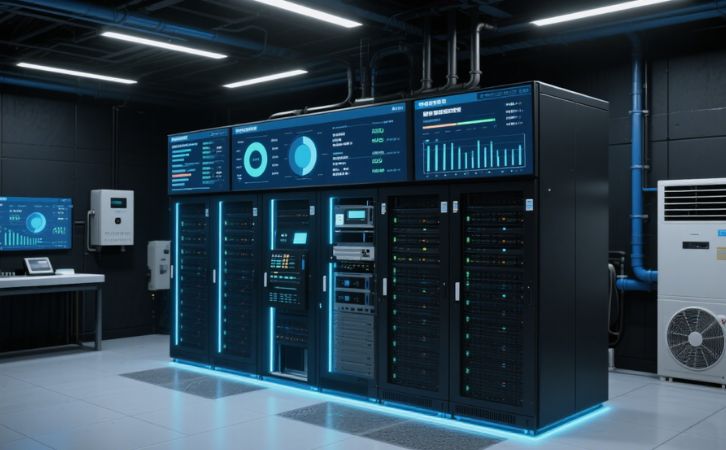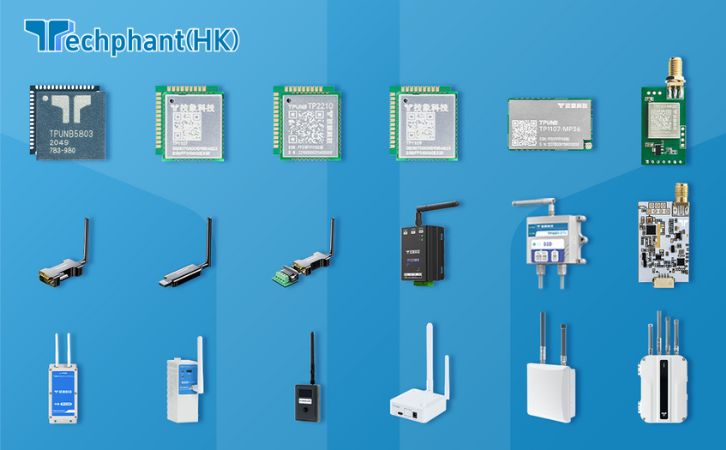Smart buildings rely on sophisticated systems to ensure operational efficiency, occupant comfort, and sustainability. However, maintaining these complex systems—such as HVAC, lighting, and elevators—can be costly and challenging. Artificial Intelligence (AI) is revolutionizing predictive maintenance by anticipating equipment failures, optimizing performance, and reducing downtime. This article delves into how AI enhances predictive maintenance in smart building systems, highlighting its mechanisms, applications, and transformative impact.
I. Understanding AI-Driven Predictive Maintenance
Predictive maintenance uses data analysis to predict when equipment is likely to fail, allowing preemptive repairs before issues escalate. In smart buildings, AI enhances this process by leveraging machine learning (ML) algorithms to analyze vast datasets from sensors embedded in building systems. These sensors monitor parameters like temperature, vibration, pressure, and energy consumption, generating real-time data streams. AI models process this data to identify patterns and anomalies that signal potential failures.
For example, in an HVAC system, AI can detect subtle changes in motor vibrations that indicate bearing wear, predicting failure weeks in advance. Unlike traditional reactive maintenance (fixing equipment after it breaks) or scheduled maintenance (routine checks regardless of need), AI-driven predictive maintenance is precise and efficient. A 2023 study by Deloitte found that predictive maintenance in smart buildings can reduce maintenance costs by 20-25% and extend equipment lifespan by 10-15%. By shifting from a reactive to a proactive approach, AI minimizes disruptions and optimizes resource allocation.
II. Data Integration and AI Model Training
The effectiveness of AI in predictive maintenance hinges on robust data integration and model training. Smart buildings are equipped with Internet of Things (IoT) sensors that collect continuous data from systems like chillers, pumps, and lighting controls. This data is aggregated in a Building Management System (BMS) or cloud-based platform, where AI algorithms process it. Historical data, such as past maintenance records and failure logs, is also critical for training AI models to recognize failure patterns.
Supervised ML models, such as regression or classification algorithms, are often used to predict specific failure types, while unsupervised models like clustering detect anomalies in complex systems. For instance, in a Singapore smart office, AI models trained on two years of HVAC data reduced unexpected breakdowns by 30%, according to a case study by the Building and Construction Authority. Deep learning techniques, such as neural networks, further enhance accuracy by modeling non-linear relationships in large datasets. Regular model retraining ensures AI adapts to evolving system behaviors, maintaining predictive reliability.
III. Real-Time Monitoring and Automated Decision-Making
AI enables real-time monitoring and automated decision-making, transforming how smart buildings manage maintenance. Once trained, AI models analyze incoming sensor data to detect anomalies instantly. For example, an AI system monitoring an elevator might flag irregular motor current spikes, indicating potential cable wear. Alerts are sent to facility managers via dashboards or mobile apps, prioritizing issues based on severity and urgency.
Beyond alerts, AI can automate responses. In advanced setups, AI integrates with BMS to adjust system parameters proactively. For instance, if a chiller shows signs of overheating, AI might reduce its load or activate a backup unit, preventing failure. This automation minimizes human intervention and accelerates response times. A 2024 McKinsey report highlighted that AI-driven automation in predictive maintenance can reduce downtime by up to 40% in commercial buildings. By enabling continuous vigilance and swift action, AI ensures systems operate reliably and efficiently.
IV. Challenges and Strategies for AI Implementation
Implementing AI for predictive maintenance in smart buildings presents challenges that require strategic solutions. First, the high cost of AI infrastructure—sensors, cloud platforms, and skilled personnel—can be a barrier, especially for smaller buildings. However, declining sensor costs (down 35% since 2018, per industry data) and scalable Software-as-a-Service (SaaS) AI platforms are lowering entry barriers. Retrofitting older buildings with AI-compatible sensors also poses integration challenges due to legacy system incompatibilities. Wireless IoT solutions and modular AI frameworks address this by enabling gradual upgrades.
Data quality is another hurdle, as incomplete or noisy data can undermine AI accuracy. Robust data cleansing and preprocessing techniques, such as outlier removal, mitigate this issue. Cybersecurity risks arise from networked AI systems, necessitating encryption protocols like TLS and regular security audits. Finally, a skills gap in managing AI systems can hinder adoption. Training programs and partnerships with AI vendors help bridge this gap. By addressing these challenges, smart buildings can fully leverage AI for predictive maintenance.
Conclusion
AI is reshaping predictive maintenance in smart buildings by harnessing real-time data, advanced analytics, and automation to prevent system failures. From detecting subtle anomalies to enabling proactive repairs, AI reduces costs, extends equipment life, and enhances operational reliability. While challenges like costs, data quality, and cybersecurity persist, technological advancements and strategic solutions are making AI more accessible. As smart buildings evolve, AI-driven predictive maintenance will remain a cornerstone of efficient, sustainable, and resilient infrastructure, driving the future of intelligent urban environments.



